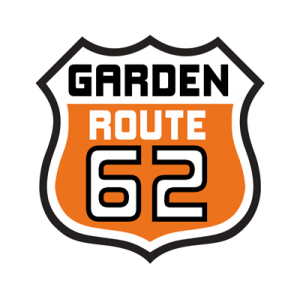Cave paintings and artifacts indicate that the caves were in use throughout prehistory over a long period during the Middle and Later Stone Ages .
The caves were rediscovered in modern times in 1780 by a local farmer named Jacobus Van Zyl. The chamber he first was lowered down into was found to be as long as a football field, and is named Van Zyl Hall in his honor. Further exploration was done and a second chamber discovered in 1792. The caves soon became a popular place to visit.
A.J.H. Goodwin, an archaeologist at the University of Cape Town, carried out a test excavation in the Cango Caves in 1930 which found stone artefacts and other cultural material.
The Cango Caves Ordinance of 1971 gave certain legal powers over the caves to what was then the Administrator of the Cape; legally, these same powers now devolve to the local government members of the executive. However, day-to-day management of the caves is the responsibility of the municipality of Oudtshoorn.
Cave paintings and artifacts indicate that the caves were in use throughout prehistory over a long period during the Middle and Later Stone Ages .
The caves were rediscovered in modern times in 1780 by a local farmer named Jacobus Van Zyl. The chamber he first was lowered down into was found to be as long as a football field, and is named Van Zyl Hall in his honor. Further exploration was done and a second chamber discovered in 1792. The caves soon became a popular place to visit.
A.J.H. Goodwin, an archaeologist at the University of Cape Town, carried out a test excavation in the Cango Caves in 1930 which found stone artefacts and other cultural material.
The Cango Caves Ordinance of 1971 gave certain legal powers over the caves to what was then the Administrator of the Cape; legally, these same powers now devolve to the local government members of the executive. However, day-to-day management of the caves is the responsibility of the municipality of Oudtshoorn.




